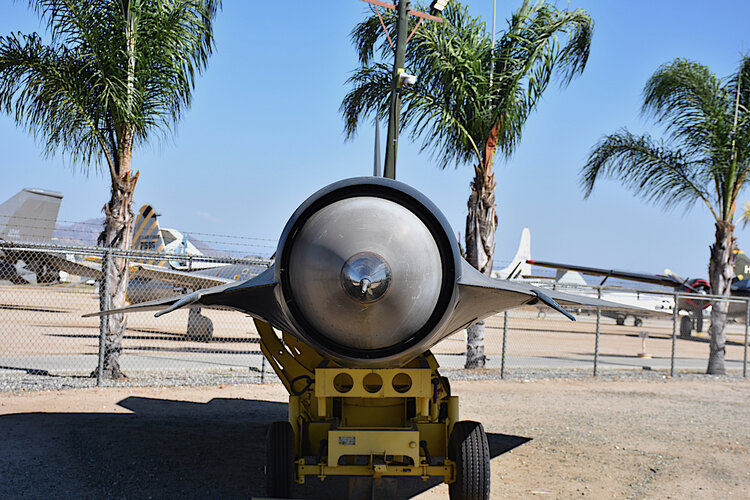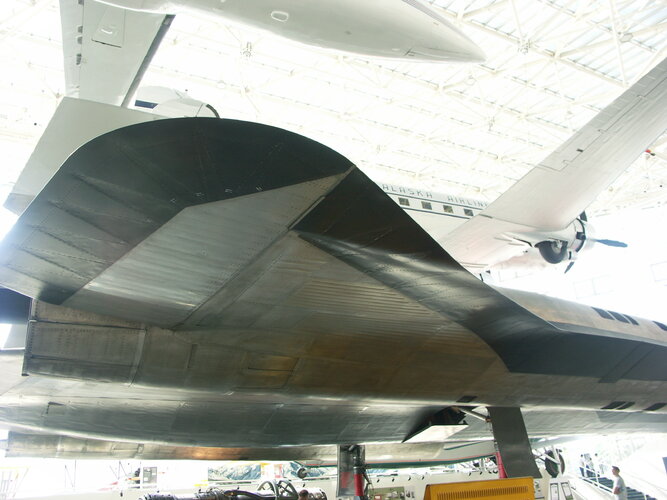You are using an out of date browser. It may not display this or other websites correctly.
You should upgrade or use an alternative browser.
You should upgrade or use an alternative browser.
Lockheed M-12 and D-21
- Thread starter Steve Pace
- Start date
On November 9, 1969 one of the first D-21B send spying Lop Nur, China, never returned. The damn thing kept going ahead until it had no fuel left and actually crashed in Kazakhstan. In 1986 Ben Rich was send a fragment of it by a Soviet engineer.
Now, I think it is a very interesting bit of history.
In his memoir, when arguing with Johnson about early stealth in 1975, Ben Rich make clear the D-21B was the most stealth flying machine - before "true" stealth come in the shape of "Hopeless Diamond", HAVE BLUE and F-117.
Johnson bet with Ben Rich they could never do more stealth than the D-21, and lost his bet when the two shapes were tested on the same range.
Now back to that November 9, 1969 incident.
What I would really - but really - like to know is whether the Soviets were caught by surprise and the thing was found randomly on the coutryside the next day; or their air defenses were alerted and they tracked it down.
At the time the Chinese only had SA-2s but the Soviets of course had much thicker and lethal air defenses, notably in Kazkhastan - because Semipalatisnk, Baikonur and Sary Shagan, for a start.
It was kind of a "acid test" for both D-21 and its stealth shape: which had been designed to survive over China but not over USSR AFAIK.
Now, I think it is a very interesting bit of history.
In his memoir, when arguing with Johnson about early stealth in 1975, Ben Rich make clear the D-21B was the most stealth flying machine - before "true" stealth come in the shape of "Hopeless Diamond", HAVE BLUE and F-117.
Johnson bet with Ben Rich they could never do more stealth than the D-21, and lost his bet when the two shapes were tested on the same range.
Now back to that November 9, 1969 incident.
What I would really - but really - like to know is whether the Soviets were caught by surprise and the thing was found randomly on the coutryside the next day; or their air defenses were alerted and they tracked it down.
At the time the Chinese only had SA-2s but the Soviets of course had much thicker and lethal air defenses, notably in Kazkhastan - because Semipalatisnk, Baikonur and Sary Shagan, for a start.
It was kind of a "acid test" for both D-21 and its stealth shape: which had been designed to survive over China but not over USSR AFAIK.
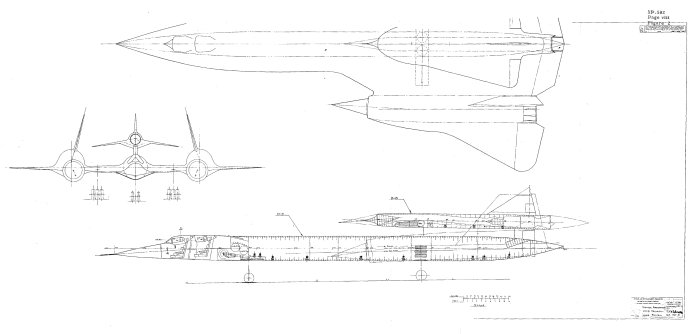
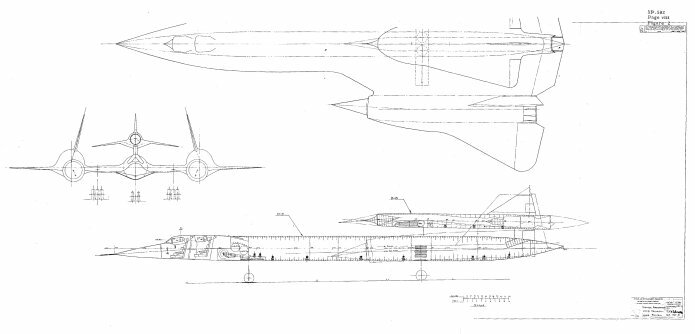
The full-rez diagram has been uploaded to the 2022-01 APR Extras folder on Dropbox. This is available to all $4 and up Patrons and Subscribers. If you would like to help fund the acquisition and preservation of such things, along with getting high quality scans for yourself, please consider signing on either for the APR Patreon or the APR Monthly Historical Documents Program.
- Joined
- 6 August 2007
- Messages
- 3,894
- Reaction score
- 5,974
Post in thread 'Russian DPLA Tupolev Voron',
What I would really - but really - like to know is whether the Soviets were caught by surprise and the thing was found randomly on the coutryside the next day; or their air defenses were alerted and they tracked it down.
https://www.secretprojects.co.uk/threads/russian-dpla-tupolev-voron.2199/post-19189
- Joined
- 2 May 2007
- Messages
- 497
- Reaction score
- 1,962
From Lockheed website

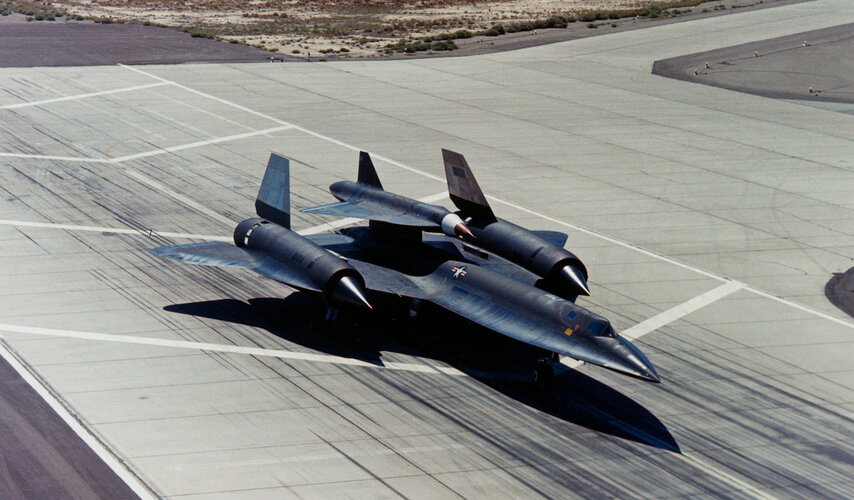
scramjet ?!The D-21 was initially designed to be launched from the A-12 (a variant of the Blackbird), with the purpose of traveling at Mach 3.0+ speeds to capture crucial intelligence. The experience gathered through the development of this system – to include uncrewed navigation and scramjet / solid rocket booster engine technology – has enabled the Skunk Works team to consistently progress in these key technology areas.
- Joined
- 6 November 2010
- Messages
- 5,262
- Reaction score
- 5,514
- Joined
- 2 May 2007
- Messages
- 497
- Reaction score
- 1,962
Quite! I had highlighted it as the text was direct from Lockheed themselves. A typo?
- Joined
- 6 November 2010
- Messages
- 5,262
- Reaction score
- 5,514
I did an OCR-scan of Goodall/Miller p.46-47:
I can recommend the book.
Quotes truncated to just cover engine development.The Marquardt and Lockheed teams determined that the unmanned drone would most suitably be powered by a modified Marquardt RJ43-MA-11 ramjet engine similar to that used on Boeing lM-99 Bomarc surface-to-air-missile during cruising flight.
Using Marquardt's propulsion system experience, it was not difficult for the Lockheed team to execute a functional reconnaissance platform in a relatively short period of time. Concurrently, the technology base that had been generated by initial flight trials of the A-12 had given the engineering team (under Johnson) considerable confidence in the aerodynamic and low-observables precedent (i.e., reduced RCS) set by the chined delta. This configuration was a given by the time initial design options were studied for the D-21.
The new project was assigned to Art Bradley under the supervision of Dick Boehme. A small team was assembled to handle engineering and a section of the Skunk Works shop at Burbank was walled off specifically to accommodate the new drone activity.
The D-21 engine was properly identified as an XRJ43-MA20S-4 and was developed from the earlier RJ43 series of ramjets optimized for use on the Boeing IM-99 Bomarc series of surface-to-air anti-aircraft missiles. The RJ43 had the ability to function as an independent external power plant on any vehicle that could reach sufficient speed to allow efficient inlet operation. lt was developed in supersonic wind tunnels at Marquardt's Van Nuys, California, test facility, flight tested on the Lockheed X-7A-3 at Holloman AFB, New Mexico, and, in its MA11 version, was deployed operationally on the Bomarc B.
The MA20S-4 engine employed in the D-21 used many MA-11 components but was modified to operate at lower pressures and higher temperatures. The S-4 was mounted internally in the D-21 and had no inlet structures of its own. Instead, it utilized the D-21's inlet system. The engine's center body and main structure were retained to house the fuel control, fuel pump, fuel injector nozzles and flame-holder assemblies. The latter was redesigned to allow for stable combustion at extreme high-altitude, high-temperature and low-pressure situations. lgnition was by a pyrophoric fluid known as triethyl borane (TEB) to allow for re-ignition in the event of flameout. The combustion chamber/exit nozzle was redesigned to provide for the much greater expansion ratio required for high-altitude cruising.The design also incorporated an ejector system for engine structure cooling.
lt is noteworthy that until the advent of the D-21, no ramjet had ever powered any craft for longer than fitteen minutes; the D-21's XRJ43-MA20S-4 routinely operated on missions lasting 1½ hours or longer.
[...]
Propulsion system work began to accelerate at this time as well. A Marquardt RJ43-MA-3 engine was tunnel-tested at simulated "Q-12" operating conditions. Per Johnson: "We were all amazed, including Marquardt, that the engine could be shut off as long as 45 seconds and still restart, due to hot engine parts."
I can recommend the book.
Last edited:
There is subsonic combustion, and there is supersonic combustion. Subsonic - ramjet - was done in the 1940's, but supersonic - scramjet - had to wait the 2000's (at least).
So yes, D-21 had a ramjet...
So yes, D-21 had a ramjet...
Attachments
-
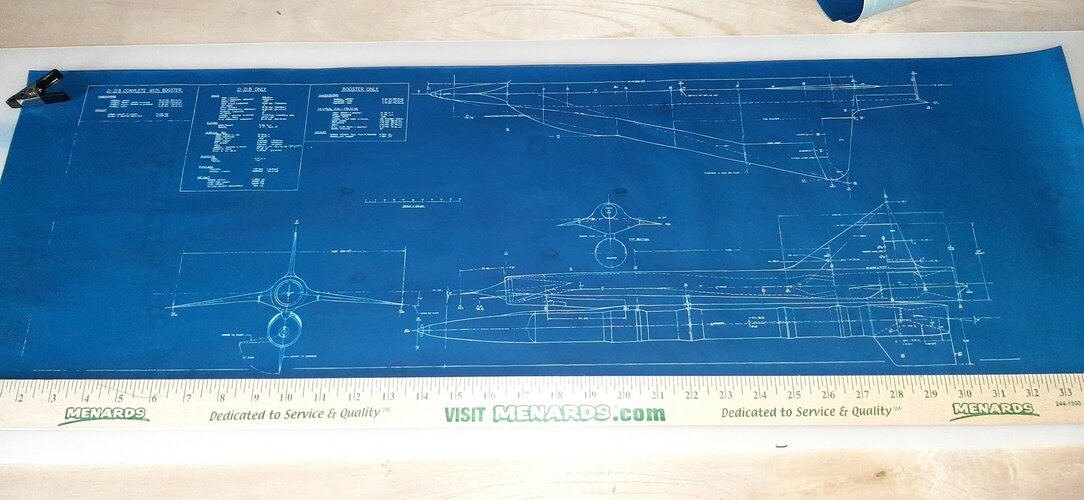 20230622_092515.jpg409.8 KB · Views: 71
20230622_092515.jpg409.8 KB · Views: 71 -
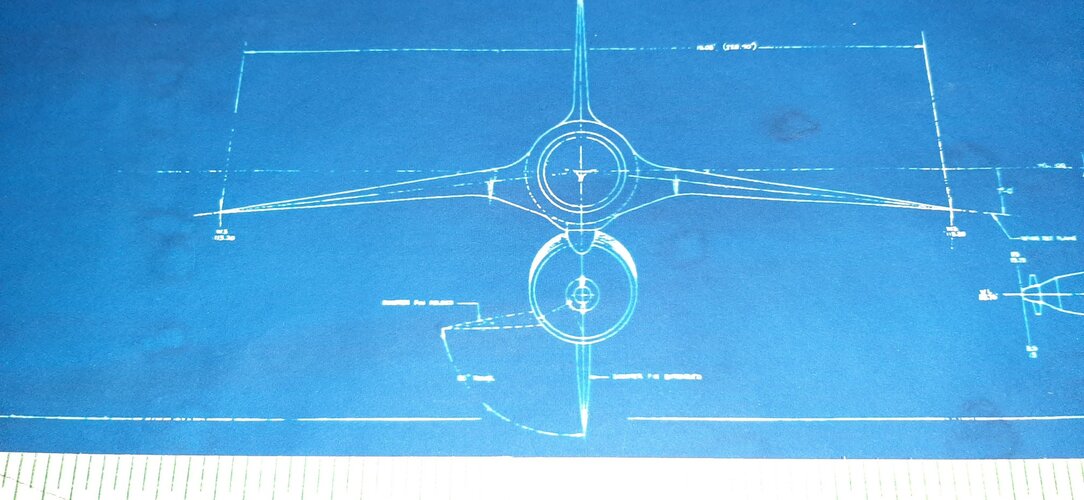 20230622_092521.jpg436 KB · Views: 64
20230622_092521.jpg436 KB · Views: 64 -
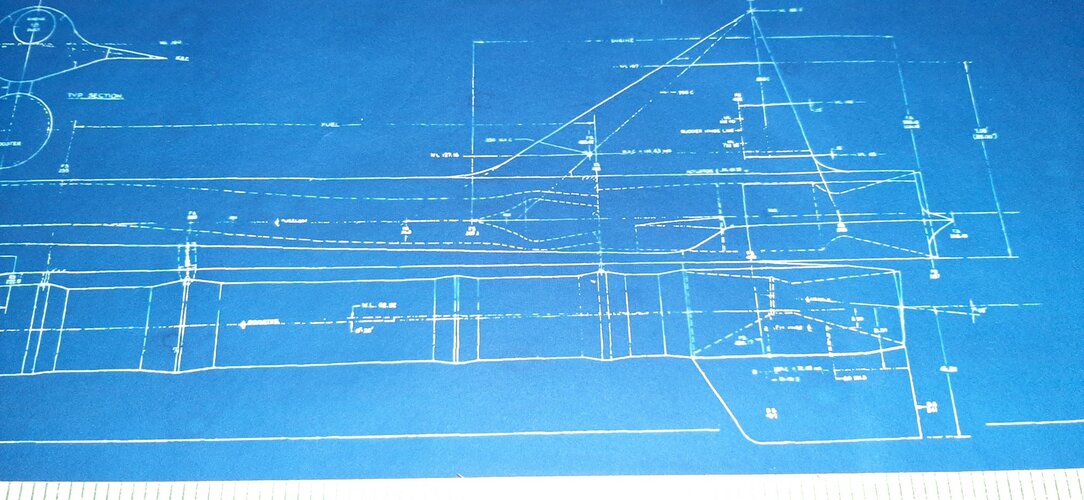 20230622_092527.jpg504.4 KB · Views: 66
20230622_092527.jpg504.4 KB · Views: 66 -
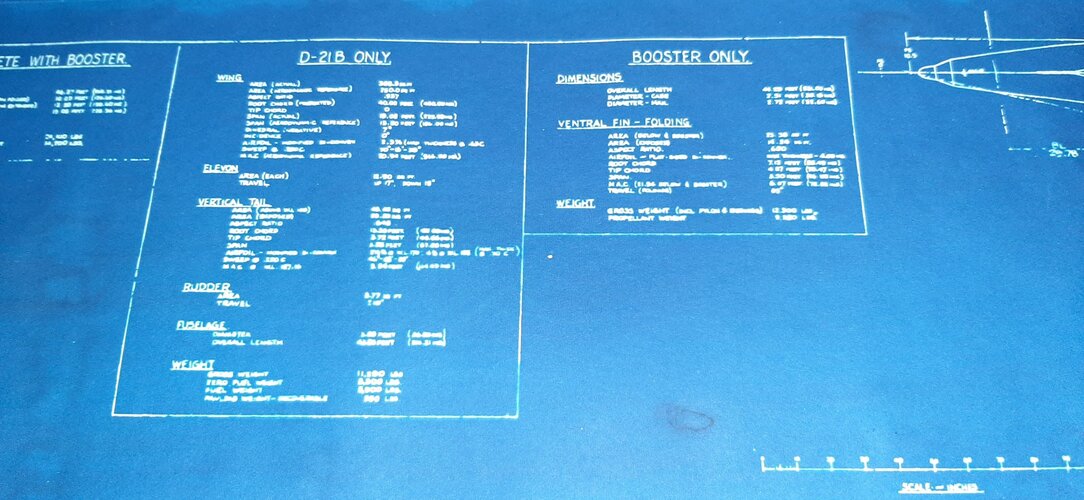 20230622_092532.jpg503.1 KB · Views: 61
20230622_092532.jpg503.1 KB · Views: 61 -
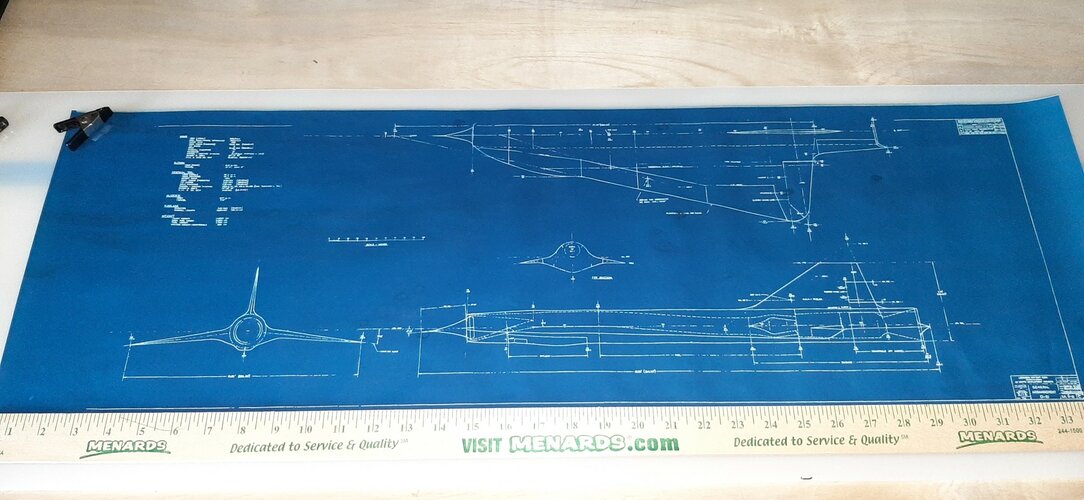 20230622_092647.jpg408.2 KB · Views: 64
20230622_092647.jpg408.2 KB · Views: 64 -
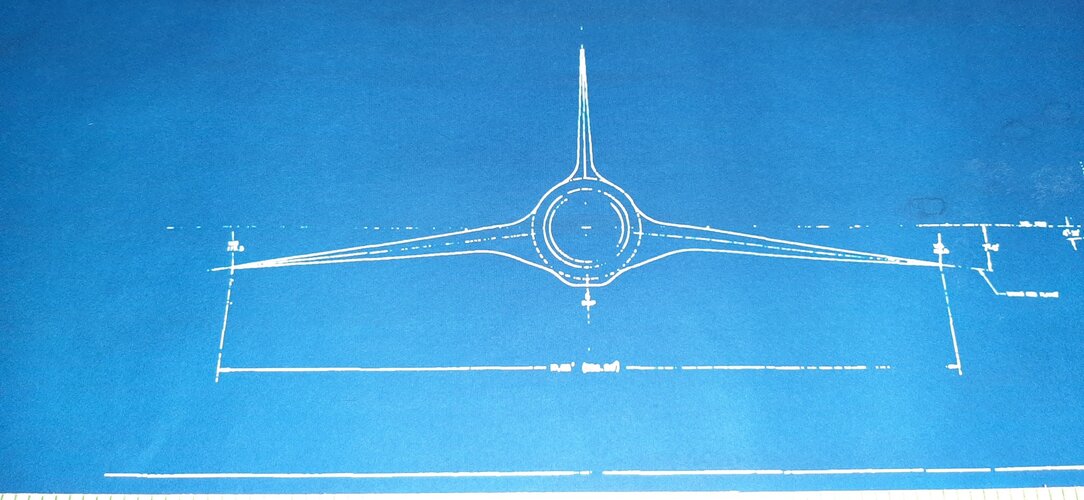 20230622_092652.jpg468.2 KB · Views: 59
20230622_092652.jpg468.2 KB · Views: 59 -
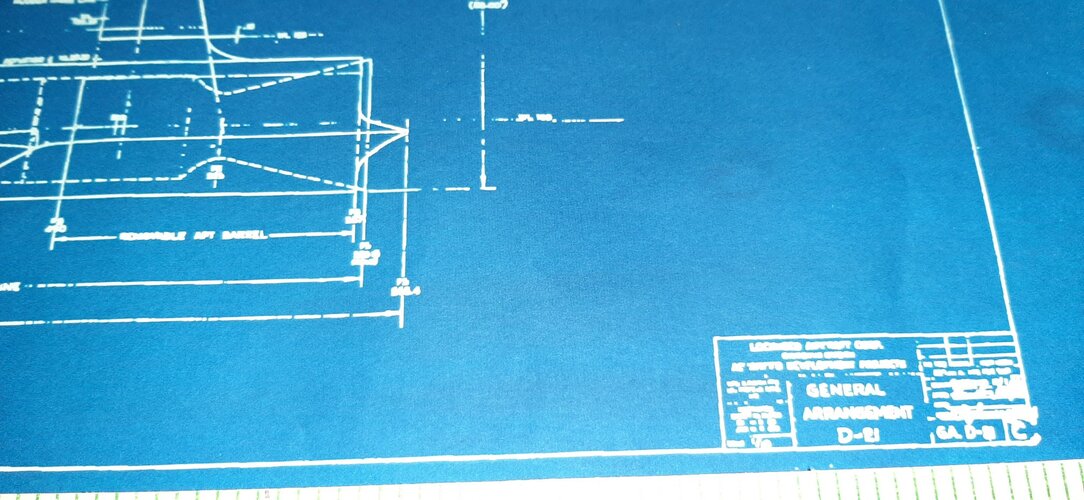 20230622_092704.jpg501.6 KB · Views: 61
20230622_092704.jpg501.6 KB · Views: 61 -
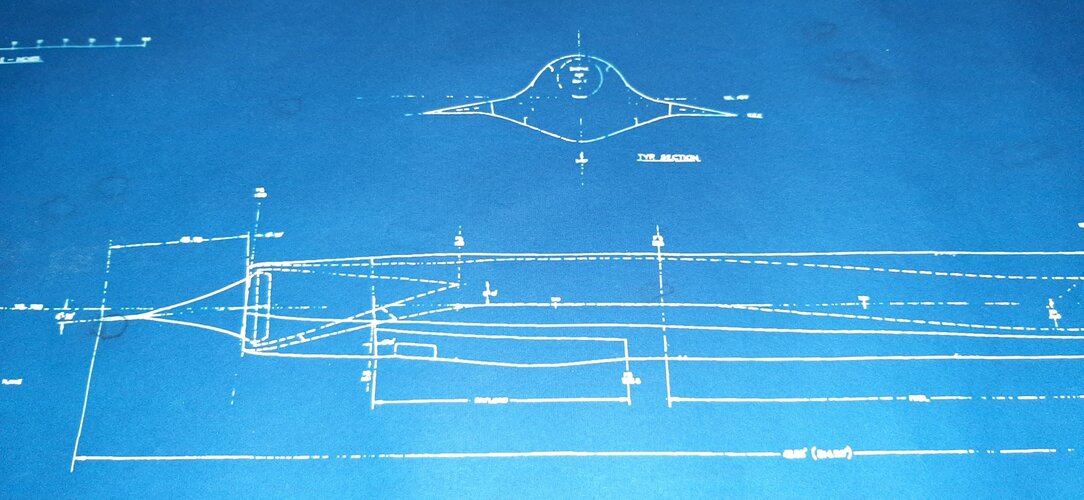 20230622_092658.jpg477.8 KB · Views: 56
20230622_092658.jpg477.8 KB · Views: 56
TJDougherty01
Dr. TJD
- Joined
- 30 January 2023
- Messages
- 166
- Reaction score
- 554
Attachments
-
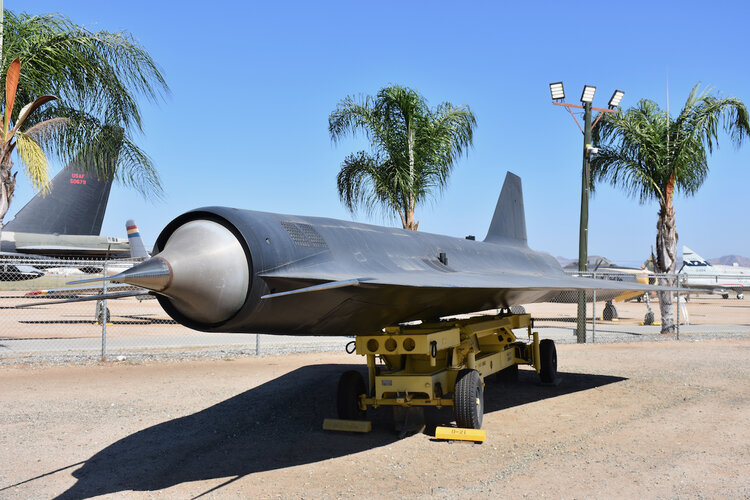 D-21 at March Museum-2.jpeg1.3 MB · Views: 33
D-21 at March Museum-2.jpeg1.3 MB · Views: 33 -
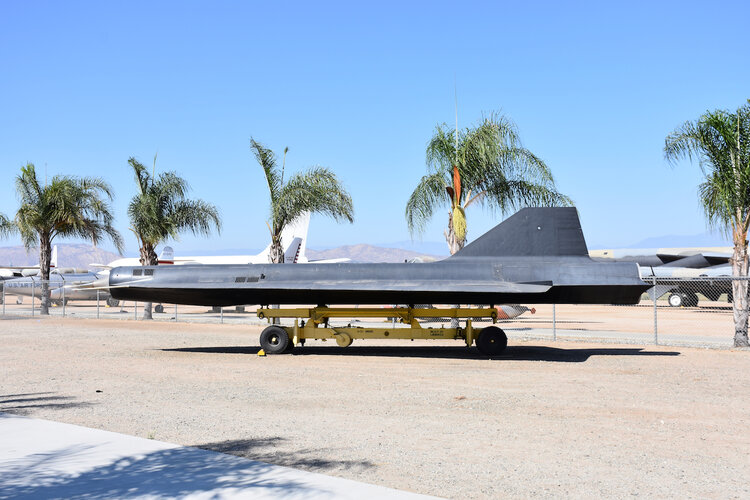 D-21 at March Museum-3.jpeg1.2 MB · Views: 32
D-21 at March Museum-3.jpeg1.2 MB · Views: 32 -
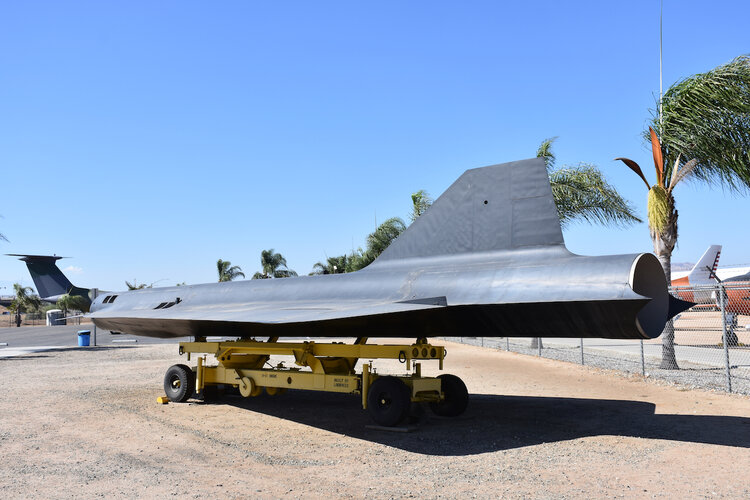 D-21 at March Museum-4.jpeg1.1 MB · Views: 32
D-21 at March Museum-4.jpeg1.1 MB · Views: 32 -
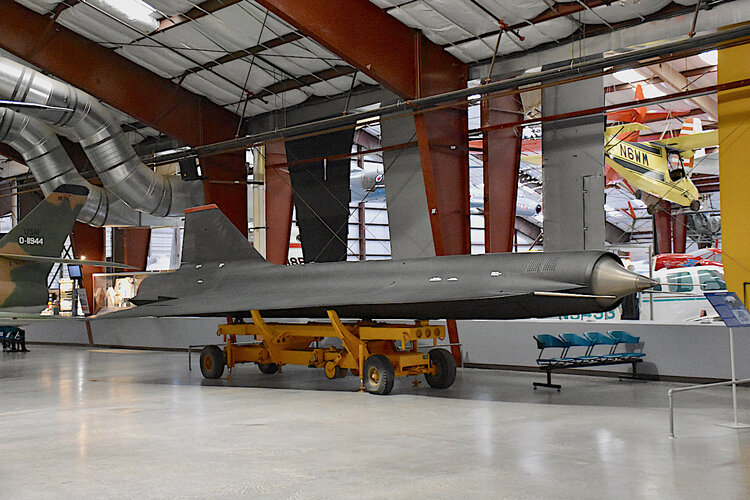 D-21 at Pima-1.jpeg1.8 MB · Views: 33
D-21 at Pima-1.jpeg1.8 MB · Views: 33 -
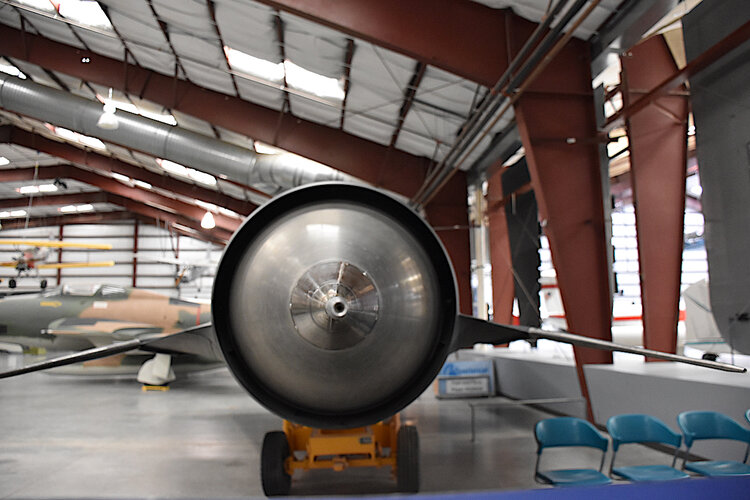 D-21 at Pima-2.jpeg1.4 MB · Views: 32
D-21 at Pima-2.jpeg1.4 MB · Views: 32 -
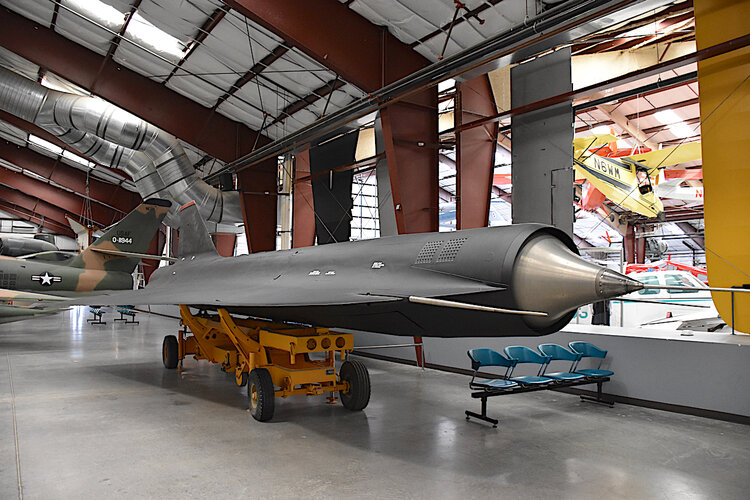 D-21 at Pima-3.jpeg1.6 MB · Views: 31
D-21 at Pima-3.jpeg1.6 MB · Views: 31 -
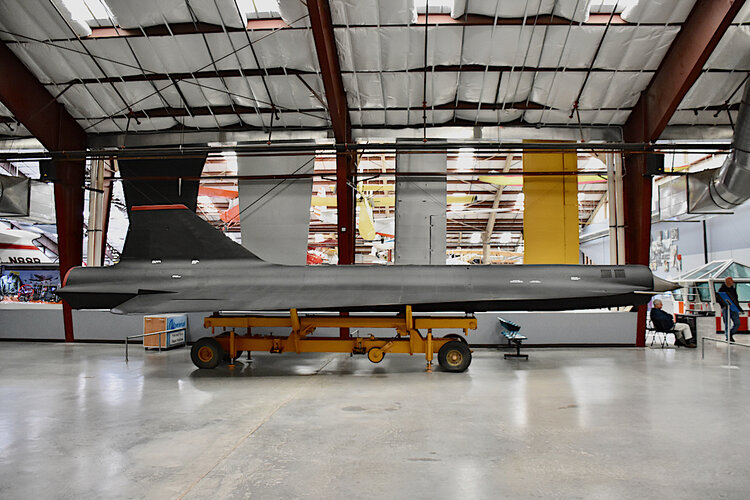 D-21 at Pima-4..jpeg1.6 MB · Views: 31
D-21 at Pima-4..jpeg1.6 MB · Views: 31 -
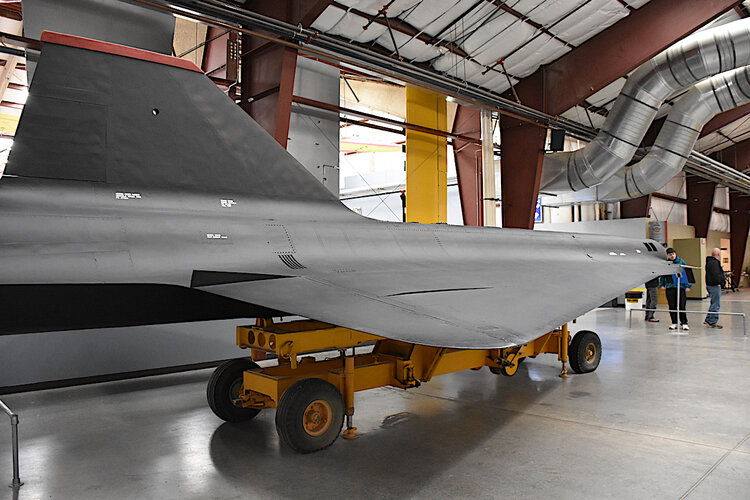 D-21 at Pima-5.jpeg1.4 MB · Views: 29
D-21 at Pima-5.jpeg1.4 MB · Views: 29 -
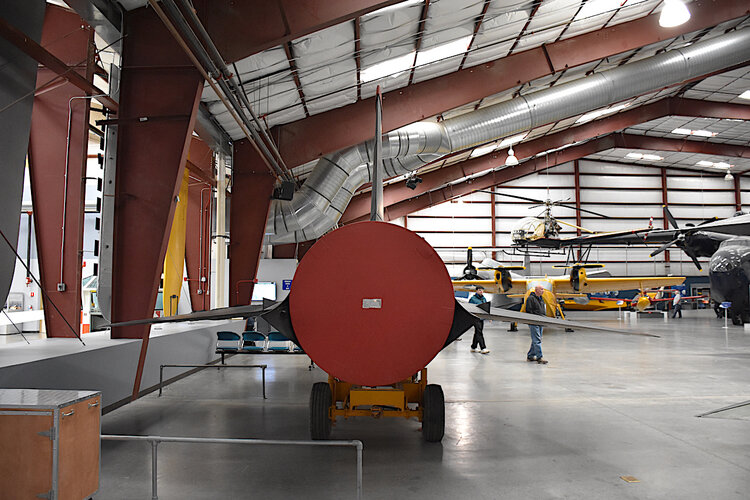 D-21 at Pima-6.jpeg1.5 MB · Views: 36
D-21 at Pima-6.jpeg1.5 MB · Views: 36
siegecrossbow
I really should change my personal text
- Joined
- 12 March 2012
- Messages
- 707
- Reaction score
- 2,106
There are a few specimens in Chinese museums but unfortunately they are not in the best of conditions.
There are a few specimens in Chinese museums but unfortunately they are not in the best of conditions.
Somewhat hilariously, the D-21 first operational flight in November 1969 became a gift to the Soviets.
Let me explain this.
The chinese in 1958 put their nuclear test range as far as Taiwan (and CIA, and U-2s) as possible: Lop Nor, corner of no and where, Xinjiang. A stretch of land stuck between USSR (in the west) and Mongolia (in the east).
With B-52s dropping them off Okinawa, the D-21s had to cross the entire PRC mainland to Lop Nor, then make a 180 degree turn to return.
Well, first D-21 simply forgot to make the turn, and thus, ended in Siberia.
As for the fourth and last mission, March 1971: it did make the 180 degree turn... but fell inside China. Nowadays they are showing it at an aviation museum.
In the end: both communist superpowers were graciously handed a semi-stealth, Mach 3 drone.
I was wondering what happened to the first M-21, the one that wasn't destroyed by the drone it carried.
Seems its last flight was on January 5, 1967. Then it went in storage for ten years.

Aerial Visuals - Airframe Dossier - Lockheed M-21, s/n 60-6940 USAF, c/n Article 134
This Aerial Visuals page provides airframe history details of a specific airframe from the airframe database.
aerialvisuals.ca
Seems its last flight was on January 5, 1967. Then it went in storage for ten years.
The Complete Book of the SR-71 Blackbird
The ultimate guide to the history, development, manufacture, modification, and active service of all fifty models in the SR-71 program.At the height of the Cold War in 1964, President Johnson announced a new aircraft dedicated to strategic reconnaissance. The Lockheed SR-71 Blackbird spy plane...
books.google.fr
Article 135 | This Day in Aviation
www.thisdayinaviation.com
TJDougherty01
Dr. TJD
- Joined
- 30 January 2023
- Messages
- 166
- Reaction score
- 554
The surviving M-21, paired with a D-21 drone is at the Museum of Flight in Seattle, Washington.
See: M-21 -D21 in Seattle
See: M-21 -D21 in Seattle
Joint Soviet Fighter
ACCESS: Secret
- Joined
- 14 January 2025
- Messages
- 247
- Reaction score
- 280
Somewhat hilariously, the D-21 first operational flight in November 1969 became a gift to the Soviets.
Let me explain this.
The chinese in 1958 put their nuclear test range as far as Taiwan (and CIA, and U-2s) as possible: Lop Nor, corner of no and where, Xinjiang. A stretch of land stuck between USSR (in the west) and Mongolia (in the east).
With B-52s dropping them off Okinawa, the D-21s had to cross the entire PRC mainland to Lop Nor, then make a 180 degree turn to return.
Well, first D-21 simply forgot to make the turn, and thus, ended in Siberia.
As for the fourth and last mission, March 1971: it did make the 180 degree turn... but fell inside China. Nowadays they are showing it at an aviation museum.
In the end: both communist superpowers were graciously handed a semi-stealth, Mach 3 drone.
What kind of range are we potentially looking at, here, in terms of rcs? Somewhere between 0.1 & 1 square meters? Did anyone ever offer an estimate to The D-21 in this regard? I'm just curious.
From the NRO archive
https://www.nro.gov/Portals/65/documents/foia/declass/D-21/SC-2018-00037_C05115153.pdf
What was the A-12 RCS ? The Internet (hmmmm) tells me 10 m2. So the D-21 would be in the order of 1 to 5 m2 ?
https://www.nro.gov/Portals/65/documents/foia/declass/D-21/SC-2018-00037_C05115153.pdf
Very little is known at this time about the radar cross section of
the D-21. However ~ it is assumed that. based on size, we may expect
the D-21 design to present from 1/4 to 1/2 the target presented by the
A-12. A given radar will. therefore, achieve from. 70 ... 85 percent of its
A-12 range against the D-21. It is believed that if the A-12 achieves
its design goals of radar reflectivity, the Soviet early warning radars
will have a 20% probability of detecting the A-12 when it rises above
the radar horizon. Taking the most optimistic prediction of D-21 radar
cross section. probability that Tall King early warning radar will detect
the drone is 50% at approximately 200 nautical miles and 85% at approxi-
mately 85 miles
What was the A-12 RCS ? The Internet (hmmmm) tells me 10 m2. So the D-21 would be in the order of 1 to 5 m2 ?
Joint Soviet Fighter
ACCESS: Secret
- Joined
- 14 January 2025
- Messages
- 247
- Reaction score
- 280
From the NRO archive
https://www.nro.gov/Portals/65/documents/foia/declass/D-21/SC-2018-00037_C05115153.pdf
What was the A-12 RCS ? The Internet (hmmmm) tells me 10 m2. So the D-21 would be in the order of 1 to 5 m2 ?
I don't think that anyone would classify 1-5 m2 as "semi-stealth", lol, but thanks, regardless
Attachments
-
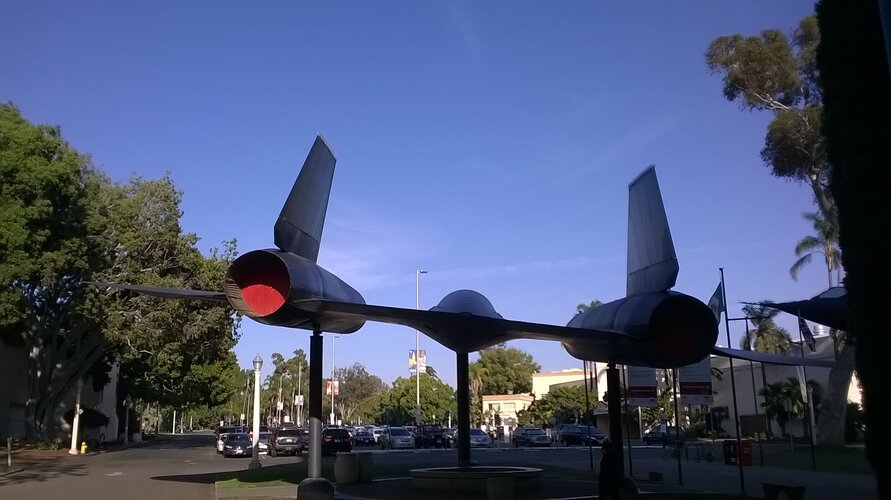 WP_20151210_012.jpg1.1 MB · Views: 19
WP_20151210_012.jpg1.1 MB · Views: 19 -
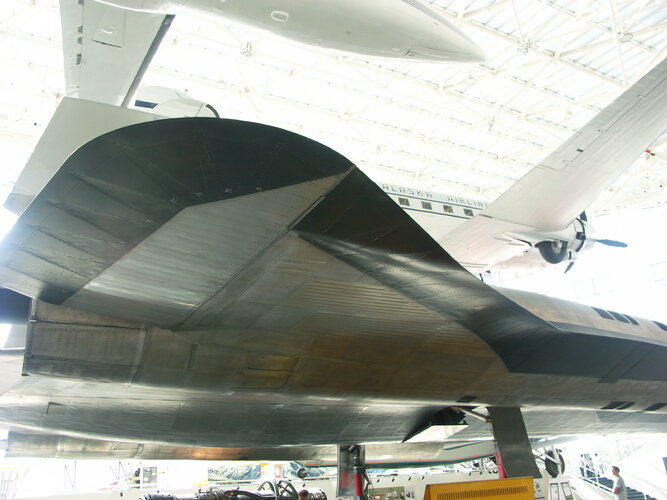 PICT0636.JPG2.3 MB · Views: 20
PICT0636.JPG2.3 MB · Views: 20 -
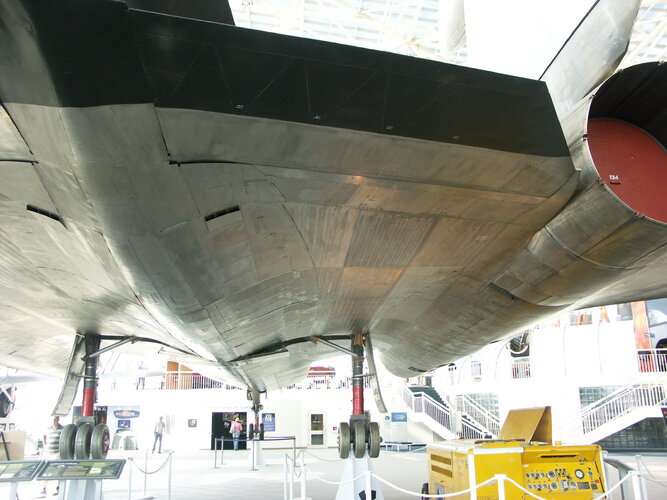 PICT0635.JPG2.7 MB · Views: 19
PICT0635.JPG2.7 MB · Views: 19 -
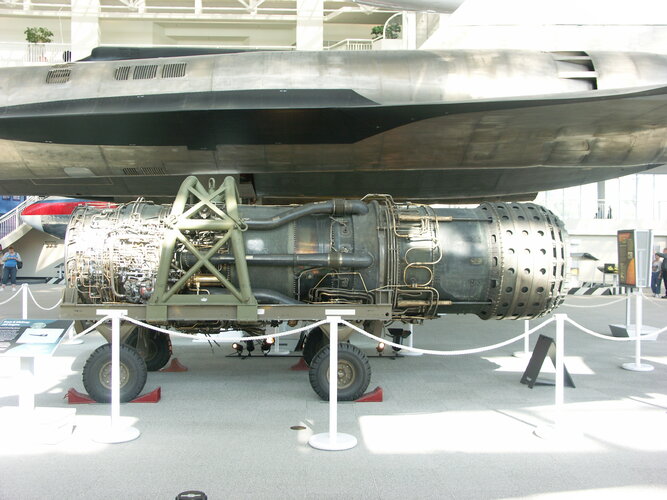 PICT0631.JPG2.8 MB · Views: 19
PICT0631.JPG2.8 MB · Views: 19 -
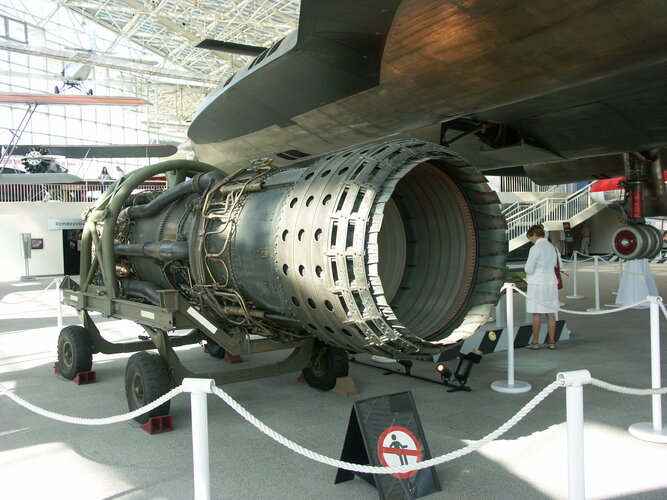 PICT0630.JPG3.2 MB · Views: 17
PICT0630.JPG3.2 MB · Views: 17 -
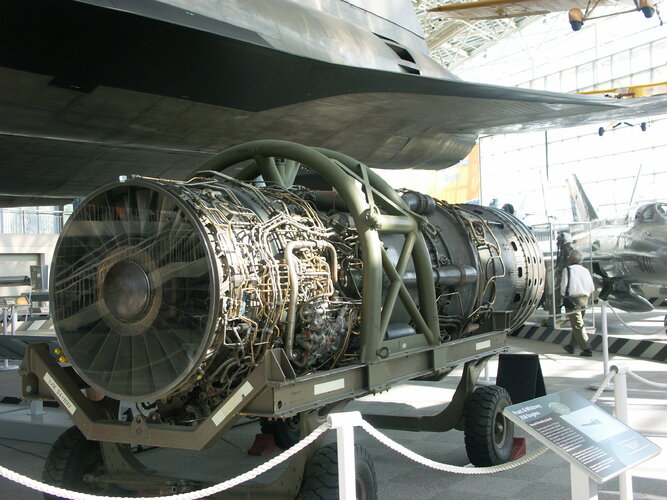 PICT0629.JPG3.1 MB · Views: 15
PICT0629.JPG3.1 MB · Views: 15 -
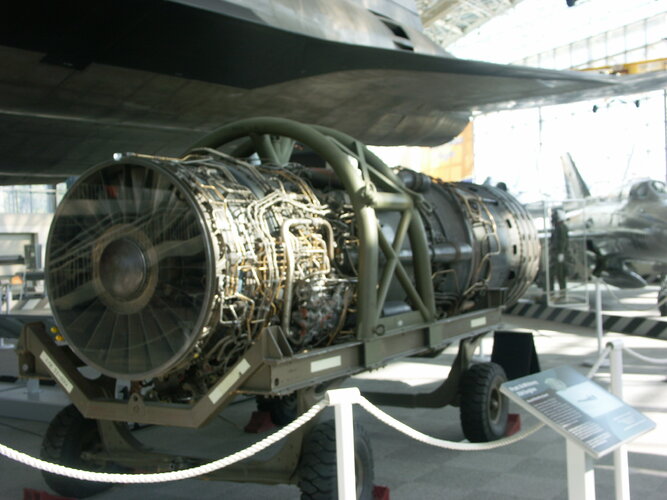 PICT0628.JPG2.4 MB · Views: 17
PICT0628.JPG2.4 MB · Views: 17 -
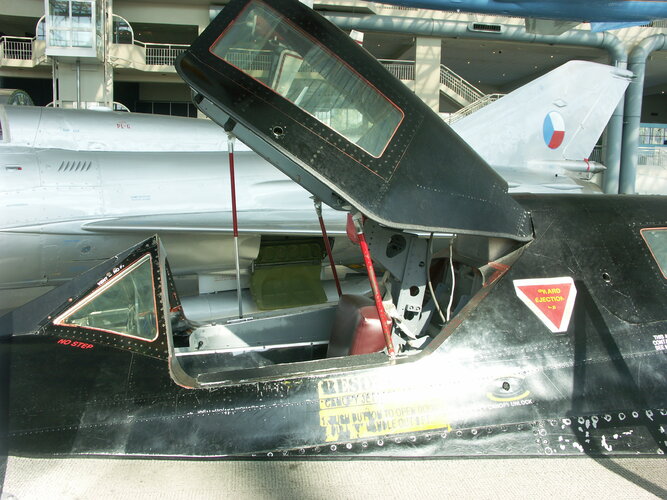 PICT0627.JPG3.2 MB · Views: 19
PICT0627.JPG3.2 MB · Views: 19 -
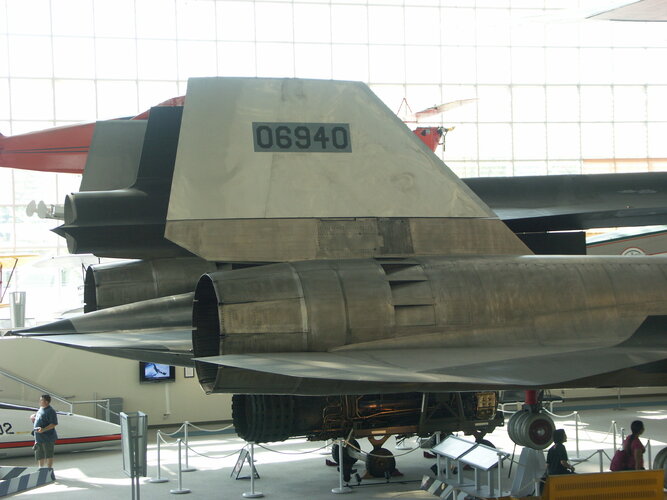 PICT0616.JPG2.2 MB · Views: 19
PICT0616.JPG2.2 MB · Views: 19 -
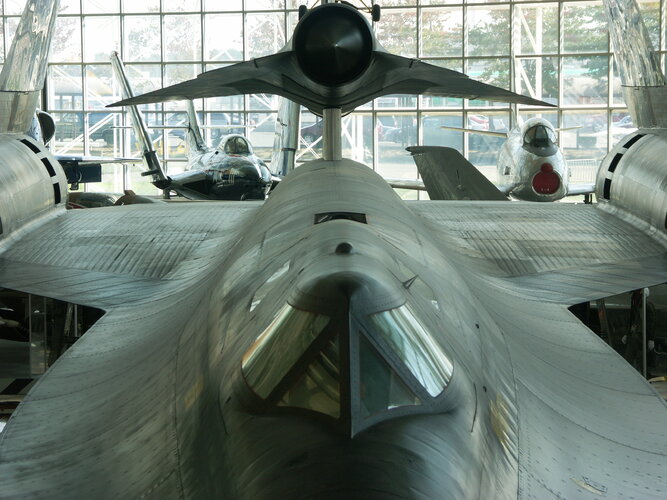 PICT0614.JPG3 MB · Views: 19
PICT0614.JPG3 MB · Views: 19 -
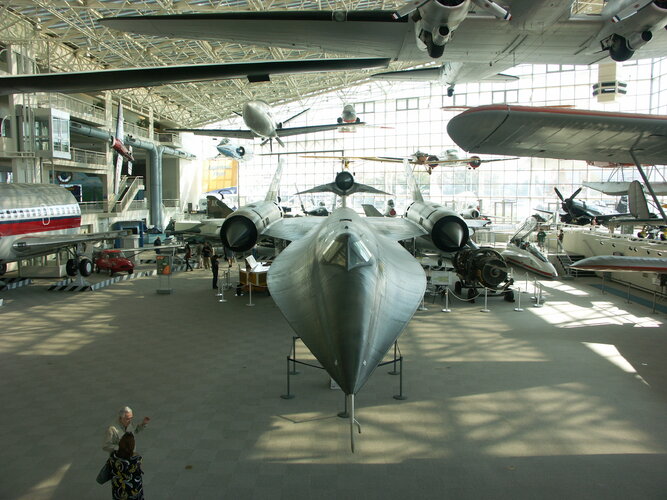 PICT0613.JPG3.3 MB · Views: 20
PICT0613.JPG3.3 MB · Views: 20 -
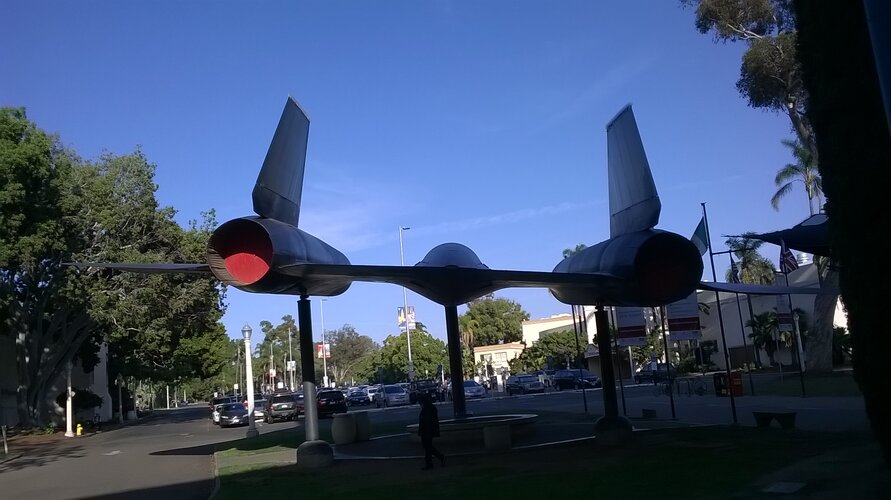 WP_20151210_013.jpg1.2 MB · Views: 24
WP_20151210_013.jpg1.2 MB · Views: 24
Last edited:
Random thinking about the D-21.
From the NRO and CIA archives, now declassified, we have a lot of interesting documents related to the D-21 drone. Right off 1963 the spooks were painfully aware that large cruise missiles and drones were unreliable by large: and that guidance systems would be expensive and tricky (they remained so until GPS in the 1980's).
Both CIA and NRO were literally agonizing over how unreliability could led extremely sophisticated drones falling into communist hands. Also the perenial manned vs unmanned debate, extending to ISINGLASS and RHEINBERRY.
The only consolation prize was provided by early losses of Ryan 147 drones over southern China: unlike Power's U2 in 1960, noone cared. The chinese made no noises, and neither did that pesky US press.
So this is the kind of complicated back and forth debate the spooks had, related to the D-21: all along the 1960's.
And then it happened for real: one drone "gifted" to the Soviets in November 1969; another one to the chinese in March 1971.
From the NRO and CIA archives, now declassified, we have a lot of interesting documents related to the D-21 drone. Right off 1963 the spooks were painfully aware that large cruise missiles and drones were unreliable by large: and that guidance systems would be expensive and tricky (they remained so until GPS in the 1980's).
Both CIA and NRO were literally agonizing over how unreliability could led extremely sophisticated drones falling into communist hands. Also the perenial manned vs unmanned debate, extending to ISINGLASS and RHEINBERRY.
The only consolation prize was provided by early losses of Ryan 147 drones over southern China: unlike Power's U2 in 1960, noone cared. The chinese made no noises, and neither did that pesky US press.
So this is the kind of complicated back and forth debate the spooks had, related to the D-21: all along the 1960's.
And then it happened for real: one drone "gifted" to the Soviets in November 1969; another one to the chinese in March 1971.
Last edited:
- Joined
- 6 August 2007
- Messages
- 3,894
- Reaction score
- 5,974
it is assumed that. based on size
That gives you some idea about how RCS was more art or intuition than science during that era.
They also did not have measurement capabilities like we have today, and were in some cases getting incorrect measurements (too high) for some designs.
I’ve been told that the A-12 design was at one point analyzed with modern tools and found to be much better than it measured at in the 1960s.
Similar threads
-
-
2 NEW 1-48th STRATOSPHERE MODELS KITS AT SHAPEWAYS ! GTD-21 Booster & Dolly
- Started by Desert Dawn
- Replies: 0
-
NEW OXCART D-21 1/48th scale Drone from Stratosphere Models
- Started by Desert Dawn
- Replies: 4
-
-

